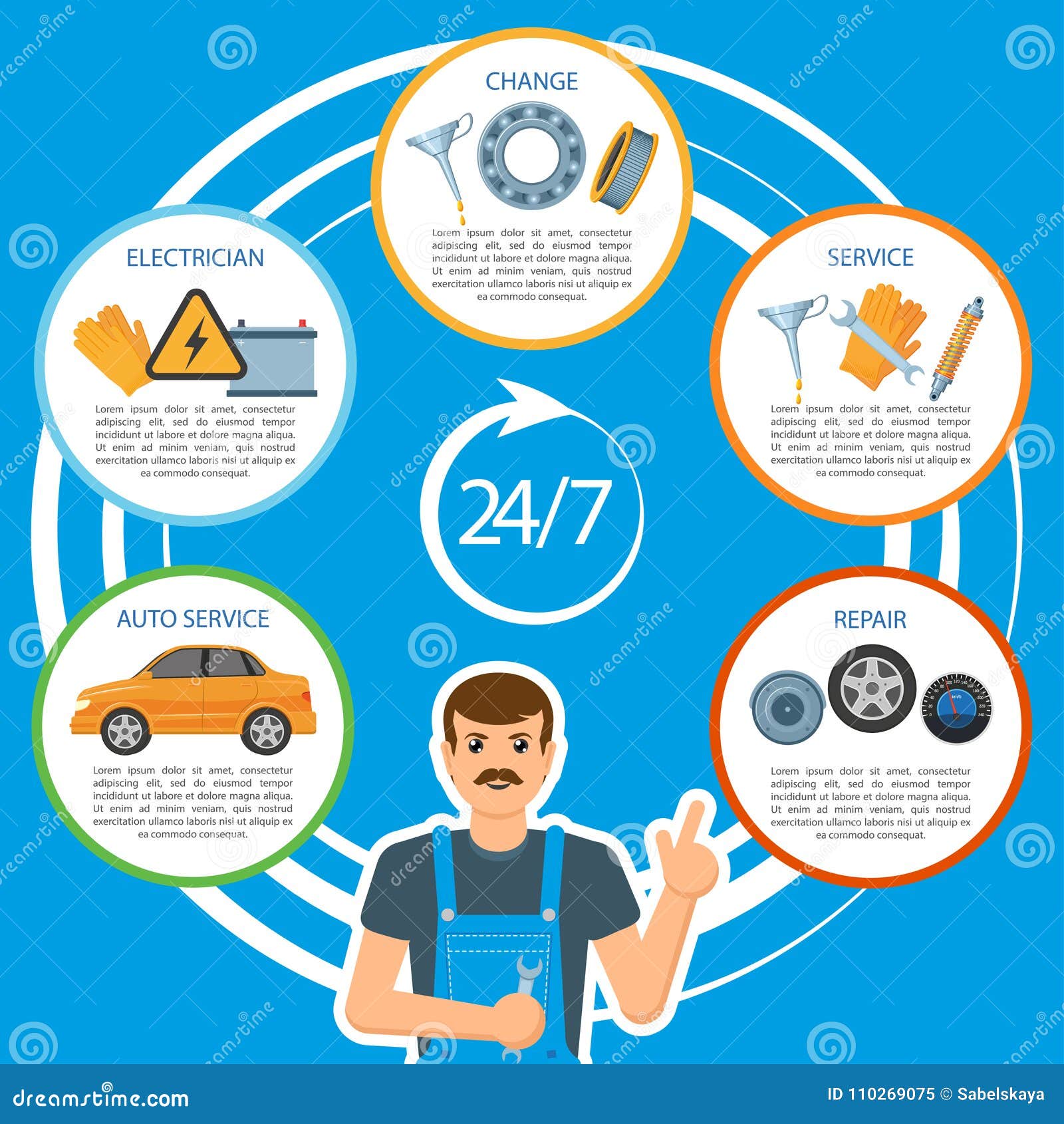When you lag the wheel, those glowing caution lights on your dashboard can be a bit complicated. Do you know what they're attempting to inform you concerning your cars and truck's health and wellness? Comprehending the value of these lights is essential for your safety and the long life of your automobile. So, the next time one of those lights appears, wouldn't you wish to analyze its message properly and take the required steps to resolve it?
Common Warning Lighting and Interpretations
Identify common caution lights in your auto and comprehend their significances to make sure secure driving.
One of the most normal warning lights include the check engine light, which signals problems with the engine or discharges system. If this light begins, it's critical to have your vehicle examined quickly.
The oil pressure cautioning light shows reduced oil stress, requiring instant interest to prevent engine damage.
A flashing battery light could recommend a malfunctioning charging system, potentially leaving you stranded otherwise addressed.
The tire stress monitoring system (TPMS) light notifies you to reduced tire stress, affecting vehicle security and gas effectiveness. Neglecting this could bring about hazardous driving conditions.
The abdominal muscle light suggests a trouble with the anti-lock braking system, compromising your capacity to stop quickly in emergency situations.
car interior steam clean but not least, the coolant temperature warning light warns of engine getting too hot, which can result in extreme damage otherwise solved quickly.
Comprehending these typical warning lights will aid you resolve issues without delay and keep risk-free driving problems.
Significance of Prompt Interest
Comprehending the usual caution lights in your auto is just the first step; the value of without delay attending to these cautions can't be stressed sufficient to guarantee your security when traveling.
When a caution light brightens on your control panel, it's your automobile's method of interacting a prospective problem that needs focus. Neglecting these warnings can result in extra serious troubles in the future, jeopardizing your safety and security and potentially costing you a lot more out of commission.
Prompt attention to warning lights can stop failures and mishaps. As an example, a blinking check engine light could suggest a misfire that, if left unattended, can cause damages to the catalytic converter. Addressing this quickly can conserve you from a costly repair service.
Similarly, a brake system advising light might signal low brake liquid or used brake pads, critical parts for your safety when driving.
Do It Yourself Troubleshooting Tips
If you notice a caution light on your control panel, there are a couple of do it yourself troubleshooting tips you can attempt before seeking professional assistance.
The initial step is to consult your automobile's manual to comprehend what the particular caution light suggests. Occasionally the problem can be as easy as a loose gas cap causing the check engine light. Tightening mobile detailing near me might settle the problem.
Another typical problem is a low battery, which can activate various advising lights. Examining the battery connections for corrosion and ensuring they're safe may take care of the problem.
If a warning light continues, you can attempt resetting it by detaching the automobile's battery for a few minutes and after that reconnecting it. Furthermore, checking your vehicle's fluid levels, such as oil, coolant, and brake fluid, can assist troubleshoot cautioning lights connected to these systems.
Conclusion
Finally, recognizing your automobile's caution lights is essential for keeping your car running efficiently and safely. By promptly addressing these informs and knowing what they imply, you can prevent expensive fixings and possible breakdowns.
Keep in mind to consult your auto's guidebook for particular details on each alerting light and act as necessary to ensure a trouble-free driving experience.
Keep educated, remain secure on the road!
